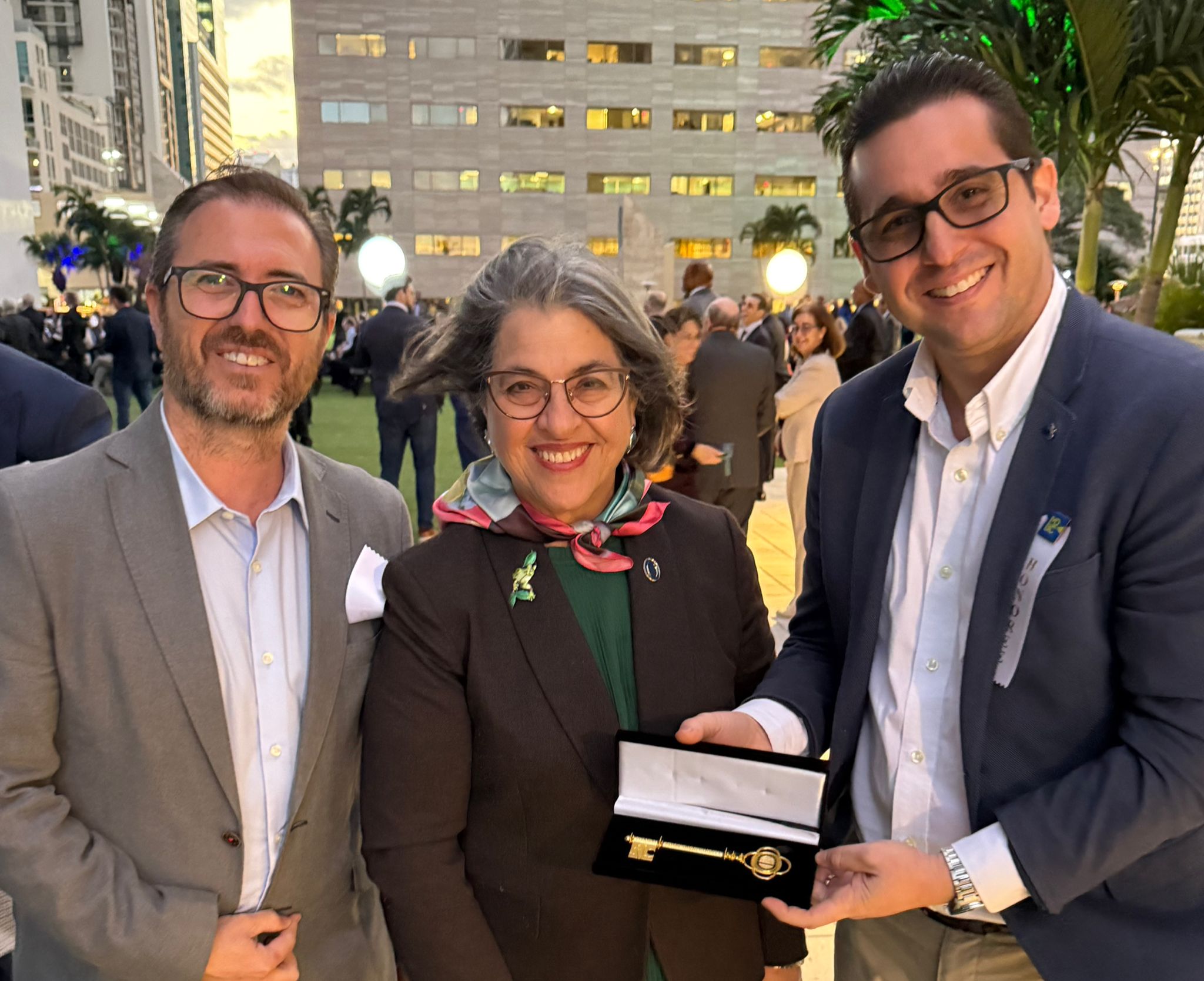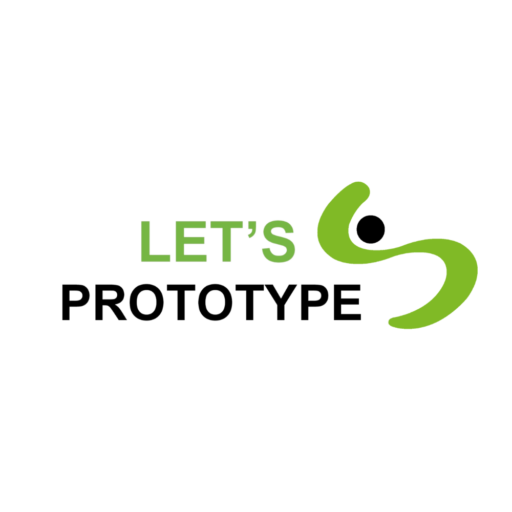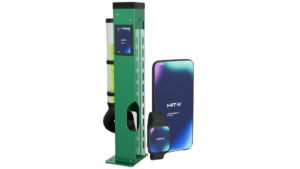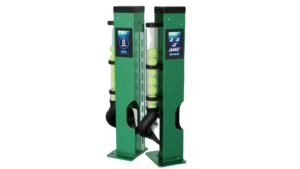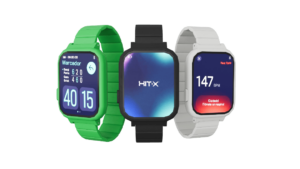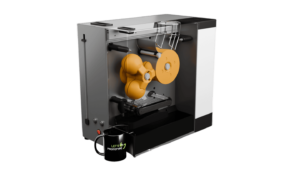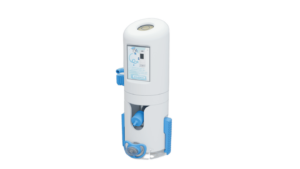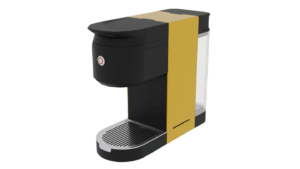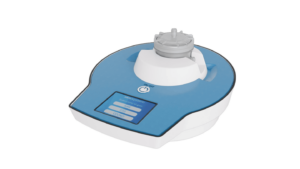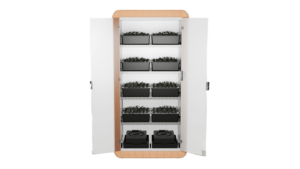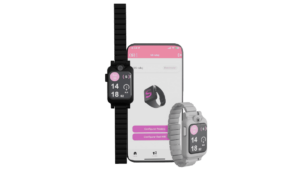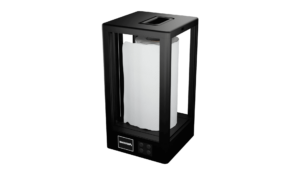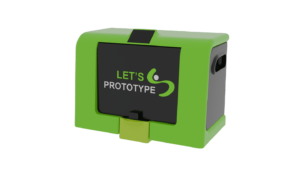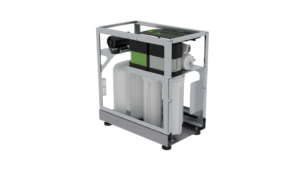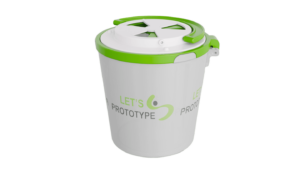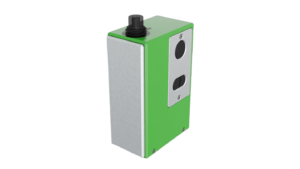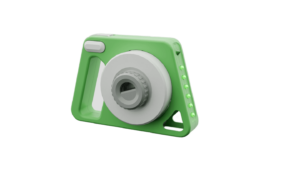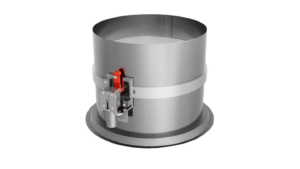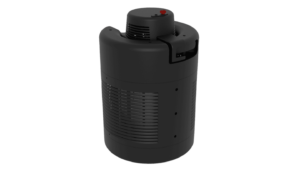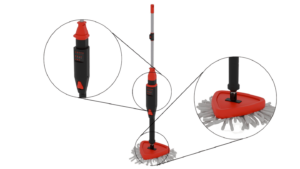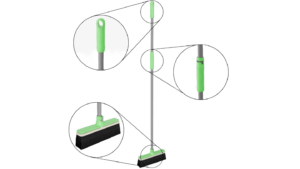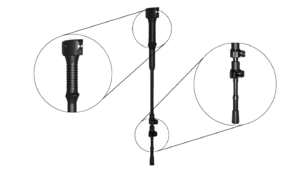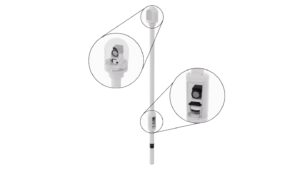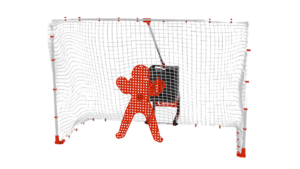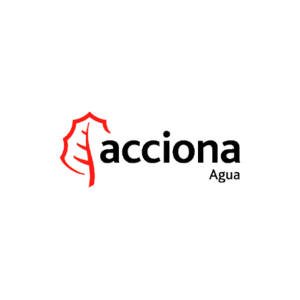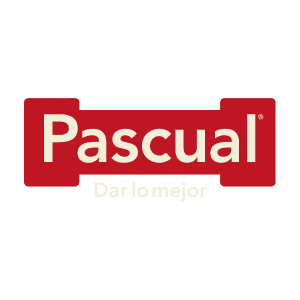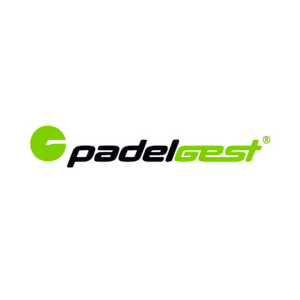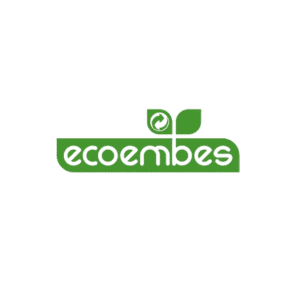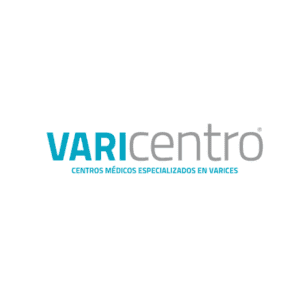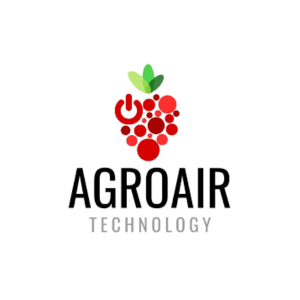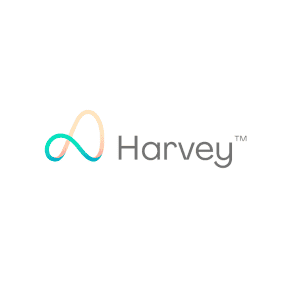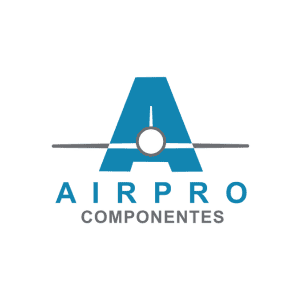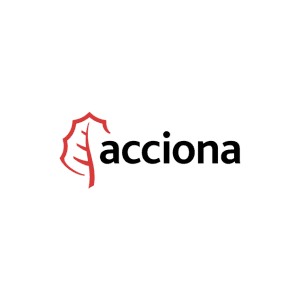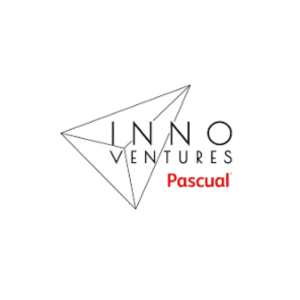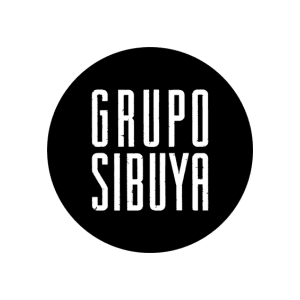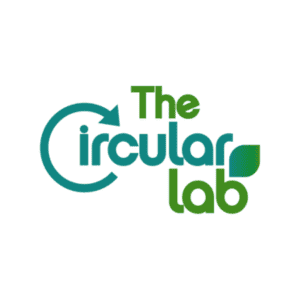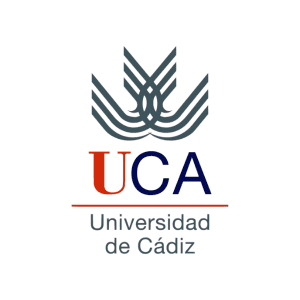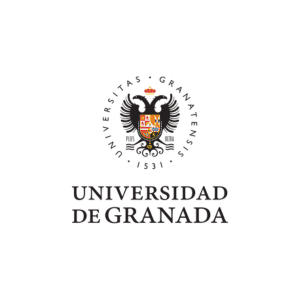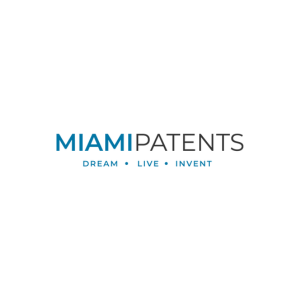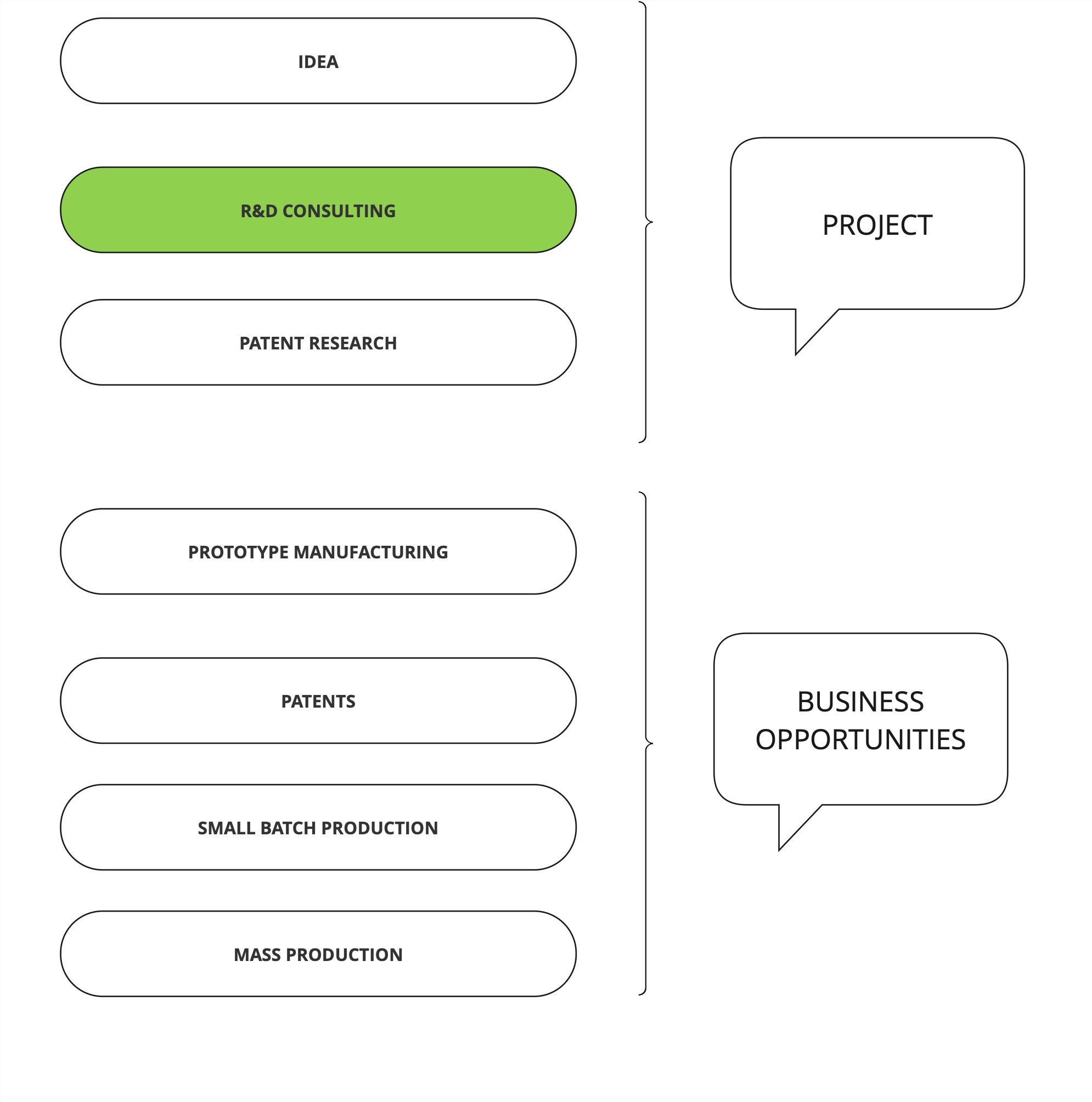We Build Your Ideas Patents Prototype Invention
-
Schedule a meeting
Choose the best time.
-
(+34) 619.687.023
Click here and we’ll call you.
-
Calculate Prices Online
Patents | Invention Evaluation | Prototypes
5 Steps to build a prototype
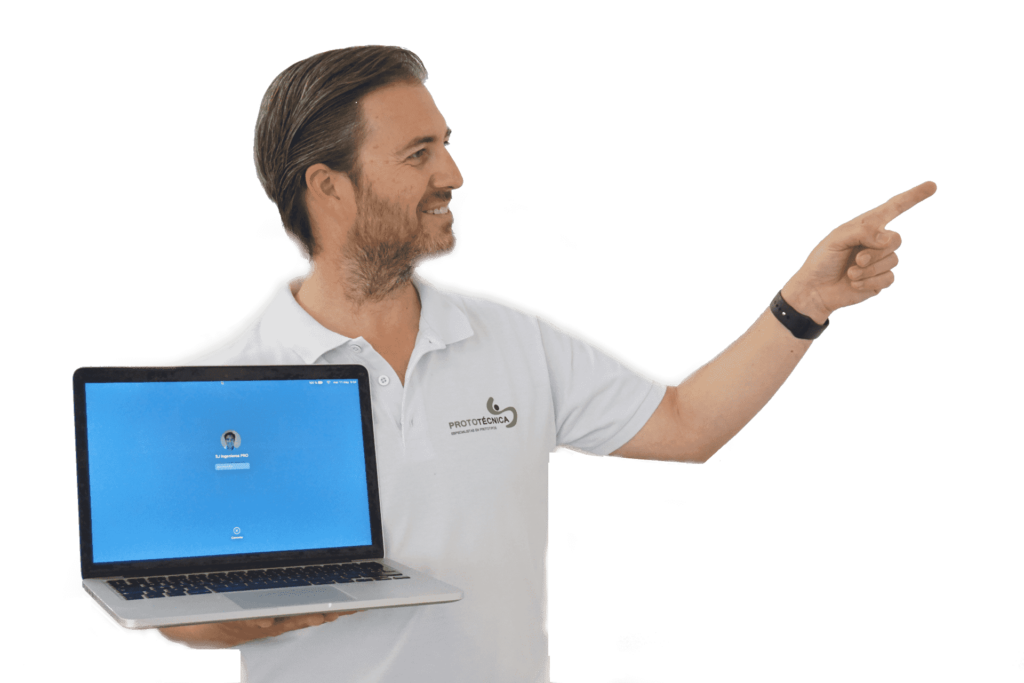
Everything you tell us will be confidential. We understand the importance of secrecy in obtaining patents and distinguishing yourself in the market.
We will study your idea to define the important requirements. This will allow us to design products that align with your concept
Within 72 hours, you will have a firm quote. With whatever amount we indicate, we assume responsibility for meeting 100% of your prototype’s working requirements..
After initiating the manufacturing process for your working prototype, you will receive a timeline and work schedule. Each week, you will review the product development status.
The requirements list will now become a “checklist.” Together, we’ll check that 100% of the functions have been successfully delivered. We are committed to doing so as efficiently as possible.
Invention Prototype Manufacturing
We listen to your project
Most inventors fail on their first attempt. Excessive attachment to the idea and a lack of knowledge about the necessary steps to create a product prototype are the main causes.
Do you want us to talk about this?
They trust us
Check your price now
Access market prices and smart tips for
Engineering and prototype manufacturing
Creating an invention with high chances of success is neither easy nor cheap.
Manufacturing a product that doesn't exist or improving a product requires time and steps that cannot be skipped.
- We do NOT promise product success.
- We do NOT rely on selling your patent so you can live in the Caribbean.
These unlikely scenarios are only advocated by those who have never completed the invention creation cycle.
Prometemos:
Hard work to turn your idea or patent into a real business opportunity.
Do you want to see more than 50 ideas we have turned into reality?
Product manufacturing company
Medical prototypes
Machine learning prototypes
Home Appliance Prototypes
Wearables Prototypes
IOT Prototypes
Industrials Prototypes
Vending Machine Prototypes
Electromechanical Prototypes
AI Prototypes

Let’s talk about your project
We’re aware of the importance of protecting information. It is for that reason that we only ask you for superficial and basic details that will allow us to assign your project in-house.
We’ll demonstrate that your idea works
Specializing for over 15 years in the manufacture of working prototypes
01
Digital validation
Based on your vision, we’ll design and simulate your idea’s main functions in digital environments.
02
Manufacturing your prototype
We will manufacture and iterate as many times as necessary until we demonstrate the technical viability of your prototype.
03
Checking that it works
Using as a benchmark the working requirements list shared during the retaining process, we will check each and every detail.
Information about prototypes and inventions
What is a prototype?
The prototype is the zero unit of an idea. It serves to demonstrate the technical and business viability of an idea.
When to manufacture the prototype?
The product prototype should be manufactured after validating the technical challenges and before patenting the invention.
Prototype Prices vs Final Product Prices?
Elon Musk and other investors dedicated nearly $1 billion to the research and development of Tesla vehicles.
The price of a Tesla in the market is around €30,000.
There is no proportionality between the price of a prototype and the final product price.
However, there is a direct relationship: the lower the investment in a prototype, the worse the final product prices will be.
How is a Prototype Made?
The steps to make a prototype are:
- Document and demonstrate the problem.
- Define the technical feasibility.
- Build a prototype and refine it.
- Industrialize the product.
How much does the prototype cost?
The costs of a prototype are related to its technical complexity and the number of disciplines involved.
The average price of a prototype can be around €25,000.
How much does it cost to design a product?
Sketch: Graphic design of the idea. (Between €100 and €500)
Industrial Design: Between €8,000 and €15,000.
The difference between a sketch and industrial design is that in industrial design, you have to "invent the invention" and document how the prototype works.
Design Agency vs Prototype Laboratory
Design agencies can help you create a sketch to graphically document an idea. The prototype lab has the capability to invent an invention and make it work.
Is a model the same as a prototype?
The model is a physical representation used to define shapes and geometries. Functional prototypes demonstrate the technical viability of the invention.
What is a patent?
The patent is an exclusive right granted to an inventor for their discovery or product.
How much does a patent cost?
In Spain, a patent costs €10,000: 80% for advisors and 20% for state fees. Around 48% of patents are approved, as the examination rigor is quite strict.
What is a Utility Model?
The Utility Model is a method of protecting inventions that lack innovation. Most Utility Models registered in Spain should be protected in another way. However, few advisors find it convenient to register a patent.
How much does a Utility Model cost?
The cost of a Utility Model is: €120 in fees and €1,500 for advisors. Almost 90% of utility models are approved because they lack a substantive examination.
How to patent an idea?
The steps to patent are:
- Describe the invention.
- Search for prior art.
- Define the innovation
- File the patent.
- Wait for publication.
What inventions can be patented?
If the invention brings novelty and this novelty represents an improvement for users, the invention is patentable.
For example, if I take two motorized wheels (which already exist) and introduce them for the first time into a tennis post to create a more efficient ball launcher: the invention is patentable.
Types of Invention Patents
There are three methods to protect an invention:
- Industrial Design or Design Patent.
- Utility Model Registrer
- Patente de Invención.
It is important to understand their differences before choosing a method to patent an invention.
Inventors' opinions
ExcelenteA base de 70 reseñas
 Francisco Morales Rodriguez2023-04-23Os deseo lo mejor en esta nueva etapa, seguro k lo haréis cada día mejor. Enhorabuena por la expansión. Un saludo.
Francisco Morales Rodriguez2023-04-23Os deseo lo mejor en esta nueva etapa, seguro k lo haréis cada día mejor. Enhorabuena por la expansión. Un saludo. Erick Fontalvo Outumuro2023-04-13acudí a let's prototype con una idea de un invento que tengo en mente y la verdad son muy responsables, antes de nada se firma un documento de confidencialidad de ambas partes. La atención ha sido profesional, atenta, responsable y sobre todo no te venden gato por liebre. Muchas gracias Erick a ti y a todo tu equipo. Un saludo.
Erick Fontalvo Outumuro2023-04-13acudí a let's prototype con una idea de un invento que tengo en mente y la verdad son muy responsables, antes de nada se firma un documento de confidencialidad de ambas partes. La atención ha sido profesional, atenta, responsable y sobre todo no te venden gato por liebre. Muchas gracias Erick a ti y a todo tu equipo. Un saludo. Juan Ramón Segarra Martínez2023-02-21Erik me ha tratado con mucha amabilidad y ofreciéndome todas las explicaciones pertinentes con mucho agrado. Sin duda alguna, así es fácil optar por ellos.
Juan Ramón Segarra Martínez2023-02-21Erik me ha tratado con mucha amabilidad y ofreciéndome todas las explicaciones pertinentes con mucho agrado. Sin duda alguna, así es fácil optar por ellos. Juan Mamuel Planes Marco2023-02-20Me han ayudado muchísimo en encaminar mi idea y guiarme para comenzar mi proyecto Robotico. Muchas gracias por el trato y por la atención tan personalizada.
Juan Mamuel Planes Marco2023-02-20Me han ayudado muchísimo en encaminar mi idea y guiarme para comenzar mi proyecto Robotico. Muchas gracias por el trato y por la atención tan personalizada. Nico “Imán” G2022-12-25Thanks a lot Let's Prototype for your support with my invention, you did me belive in it more and more ! Many thanks for your weekly email with precious advice! keep send it please! Good luck in yours new adventure in the states ! See ya soon! Nicola
Nico “Imán” G2022-12-25Thanks a lot Let's Prototype for your support with my invention, you did me belive in it more and more ! Many thanks for your weekly email with precious advice! keep send it please! Good luck in yours new adventure in the states ! See ya soon! Nicola Jesús Gavilán Hormigo2022-12-15Excelentes profesionales. Trato personalizado, atento y cercano, ofreciendo gran variedad de soluciones en el desarrollo de prototipos, software y de modelos de negocio. Muy completos y con un coste muy competitivo.
Jesús Gavilán Hormigo2022-12-15Excelentes profesionales. Trato personalizado, atento y cercano, ofreciendo gran variedad de soluciones en el desarrollo de prototipos, software y de modelos de negocio. Muy completos y con un coste muy competitivo. Diana Germán2022-12-15Muy profesionales, aclaran todas tus dudas en relación a tu proyecto y son muy transparente a la hora de decirte si esa idea funciona o no, yo los recomiendo 100%
Diana Germán2022-12-15Muy profesionales, aclaran todas tus dudas en relación a tu proyecto y son muy transparente a la hora de decirte si esa idea funciona o no, yo los recomiendo 100% Doba Capin2022-12-09Dao Cima
Doba Capin2022-12-09Dao Cima
Management team

Iván Bedia
CEO
An entrepreneur, private investor and passionate about industrial engineering and product design, Iván has founded and helmed, over the course of two decades, companies related to the field of aeronautical maintenance, as well as private investment management and strategic consulting firms. He brings to each project a large dose of business vision and industrial feasibility of great relevance to the immediate future of each project. He has an undergraduate degree in Industrial Engineering from Universidad Alfonso X El Sabio and an MBA from IE Business School.

Erick Remedios Muiños
BDM
After a decade supporting entrepreneurs in start-up and innovative solution marketing processes (which activity he still conducts through BusinessInFact, S.A.) he now devotes 25 hours a day to supporting each and every one of Let’s Prototype clients, ensuring in each case the delivery of prototypes that are not just innovative, but also backed by sufficient sales arguments. He graduated with an undergraduate degree in Communications from Universidad de La Habana and earned a Master in B2B Communications from URJC.
Inventor, this letter is for you:
If someone has ever looked at you with a “funny” face or if you’ve felt like you don’t fit in in your professional and/or family environment, you’ve come to the right place! We have been working for over a decade with inventors who, like you, were born to create solutions to problems that any other person would overlook.
We are aware of the time and effort you’ve devoted to defining or patenting the idea, as well as the level of “disinformation” that may plague you when you decide to demonstrate its technical feasibility. If we’re in contact with one another, it’s because you’ve already discovered two things: the industry is not the optimal partner to design and manufacture your first prototype, and patent companies cannot lend you a hand at this stage.
Although it may sound right to define us as the “Macrocompany” of prototypes in Europe, the truth is that Let’s Prototype is an MSME with just 10 engineers in various specialized areas, joined by a common passion to face challenges head-on, regardless of the industry or complexity.
If you’d like to know us better and learn about our work method, just click >Here <
Erick Remedios Muiños
Business Director

Product design firms
Madrid, España
- Av. del Cerro del Águila, 9, 28703 Madrid
- hello@letsprototype.com
- +34 911 940 691
- +34 619 687 023
Miami, USA
- 95 Merrick Way, 3rd Floor - Unit 325 Coral Gables, FL 33134
- hello@letsprototype.com
- +1 (786) 402-1124
- +1 (786) 813-4047
ISO 9001:2015
First ISO 9001:2015-certified engineering firm specializing in the manufacture of working prototypes and pre-series.
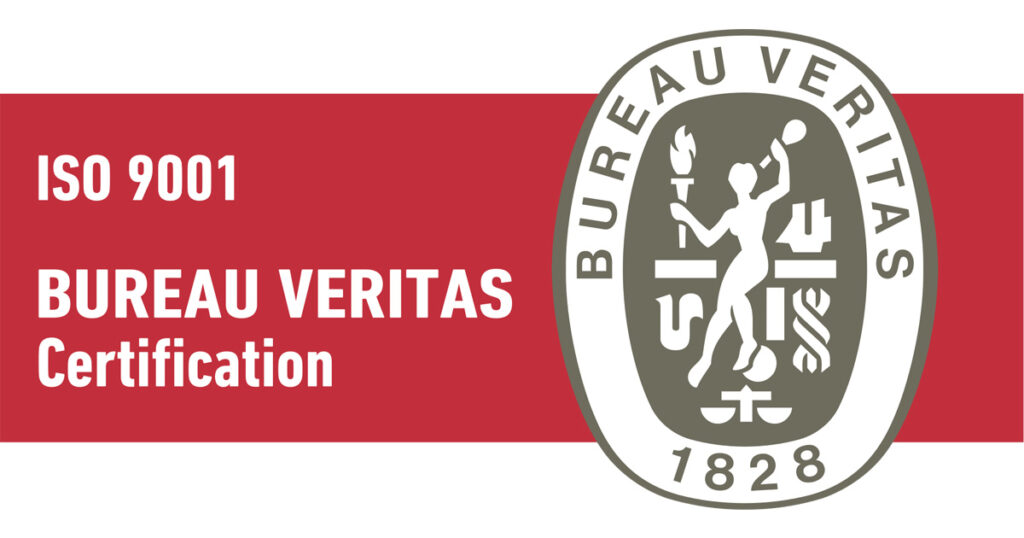
Keys Miami - DADE
Awarded the keys to Miami-Dade County on January 14, 2025 by County Mayor Daniella Levine Cava.
